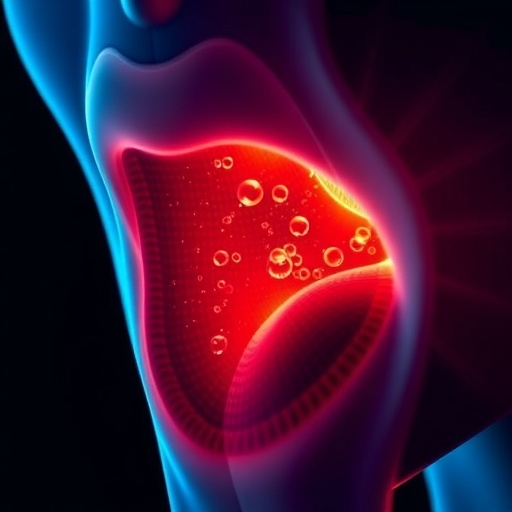August 15, 2018 – Health costs associated with noise from changing flight patterns over populated urban landscapes far outweigh the benefits of reduced flight times, according to a new study conducted at Columbia University's Mailman School of Public Health and Queens Quiet Skies. The researchers used flights from LaGuardia airport that have historically flown over Flushing Meadows and the U.S. Tennis Center in Queens – known as the TNNIS route — as a case study to explore the trade-offs between more efficient flight routes and suffering on the ground. The findings appear in the International Journal of Environmental Research and Public Health.
"Airports in the U.S. have gradually been transitioning to automated flight systems," said Peter Muenning, MD, professor of Health Policy and Management at the Mailman School. "These systems generate new flight paths over populated areas. While they can improve flight efficiency, the increased noise associated with these novel flight patterns potentially pose serious health threats to nearby communities — including cardiovascular disease and anxiety disorder as consequences of noise."
The year-round use of 'TNNIS Climb' at La Guardia implemented in 2012 was a result of flight automation in New York City. No environmental assessment or environmental impact statement was ever performed on the route.
"Flights from LaGuardia airport have historically flown over Flushing Meadows in Queens," noted Muennig, who also leads Global Research Analytics for Population Health at Columbia.
"During U.S. Open tennis matches, the residents of certain neighborhoods in Queens had to endure heavy airplane traffic over their homes, but it only lasted a few weeks. Now, they have to contend with it year-round."
The researchers compared the costs and quality-adjusted life years (QALYs) gained associated with reverting to pre-2012 flight patterns seen prior to the year-round use of TNNIS. The TNNIS climb increased airplane noise to above 60dB over some of the most densely populated areas of the city.
"Our study focuses on health and economic impacts of a single flight route as a result of flight automation, however, our analysis uses inputs that may be generalizable to other settings," observed Muenning. "The results point to the strong need for careful study of public health impacts of such changes before they are implemented."
###
Co-authors are Zafar Zafari, Boshen Jiao and Shukai Li of Global Research Analytics for Population Health; and Brian Will, Queens Quiet Skies.
The study was supported with internal funds at the Global Research Analytics for Population Health.
Columbia University's Mailman School of Public Health
Founded in 1922, Columbia University's Mailman School of Public Health pursues an agenda of research, education, and service to address the critical and complex public health issues affecting New Yorkers, the nation and the world. The Mailman School is the third largest recipient of NIH grants among schools of public health. Its over 450 multi-disciplinary faculty members work in more than 100 countries around the world, addressing such issues as preventing infectious and chronic diseases, environmental health, maternal and child health, health policy, climate change & health, and public health preparedness. It is a leader in public health education with over 1,300 graduate students from more than 40 nations pursuing a variety of master's and doctoral degree programs. The Mailman School is also home to numerous world-renowned research centers including ICAP and the Center for Infection and Immunity. For more information, please visit http://www.mailman.columbia.edu.
Media Contact
Stephanie Berger
[email protected]
212-305-4372
@ColumbiaMSPH
https://www.mailman.columbia.edu/
http://dx.doi.org/10.3390/ijerph15081753




